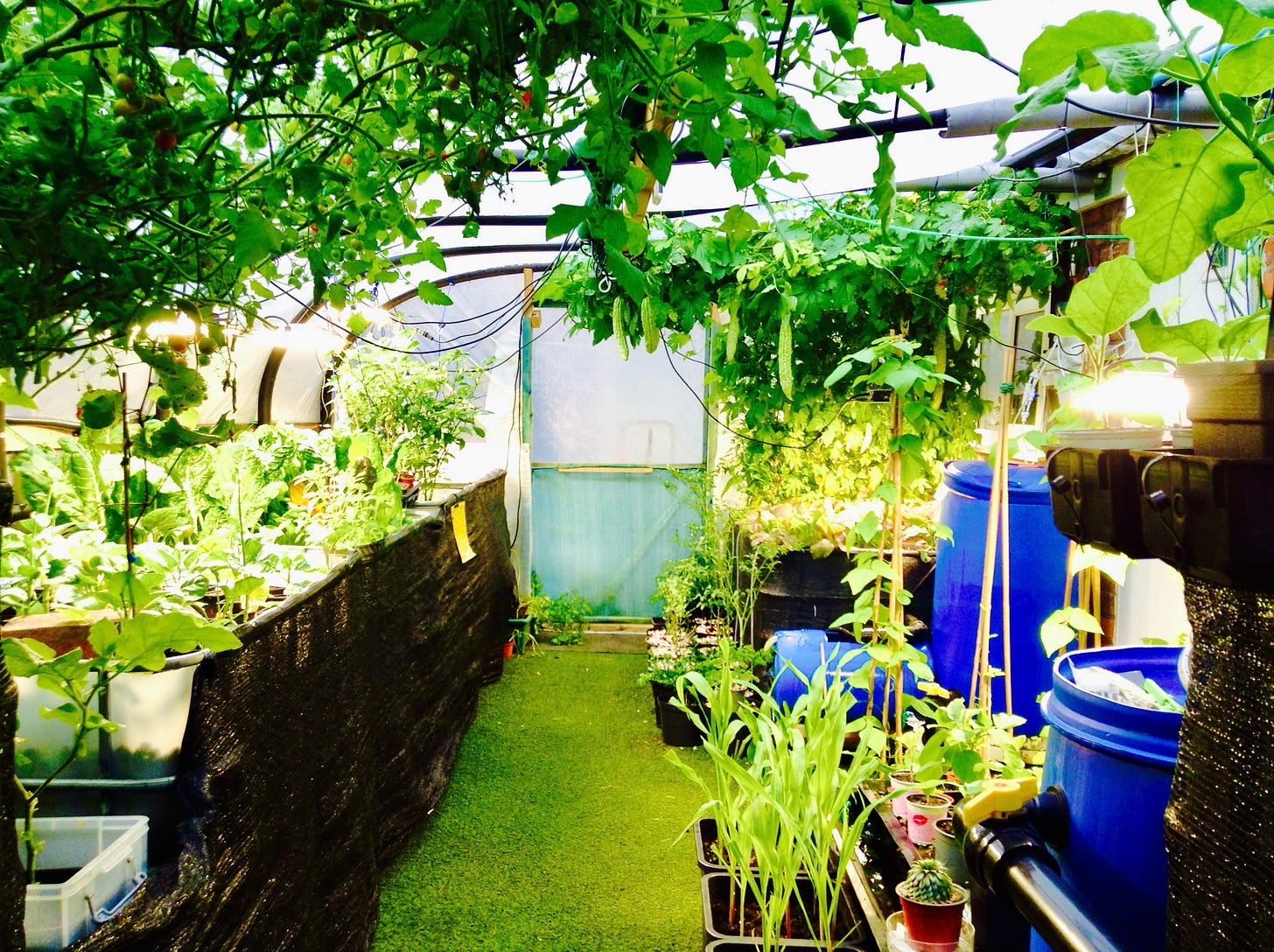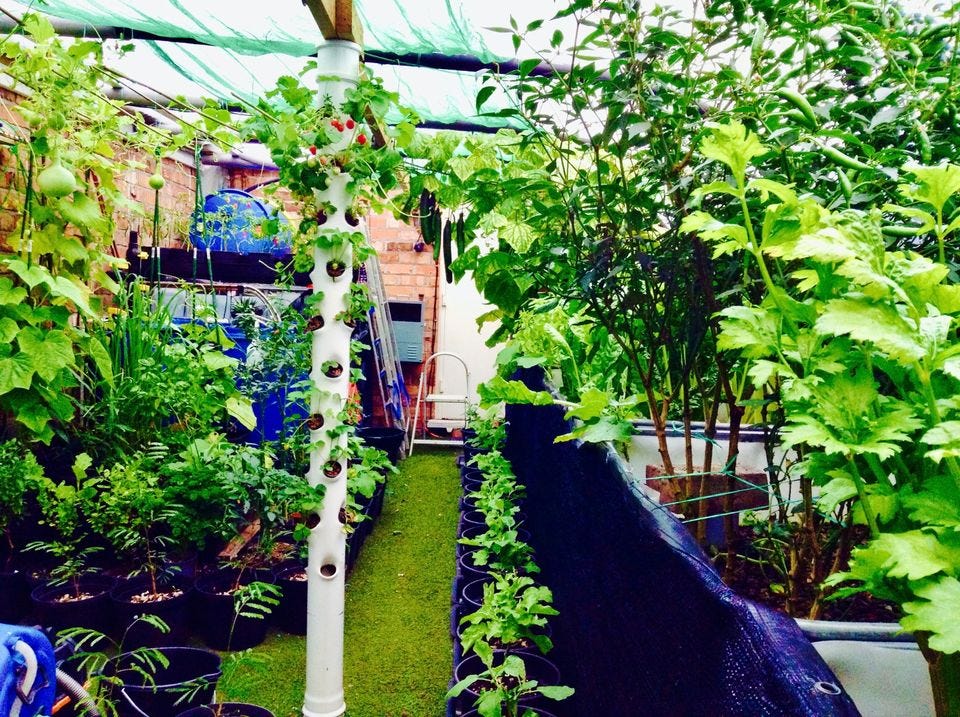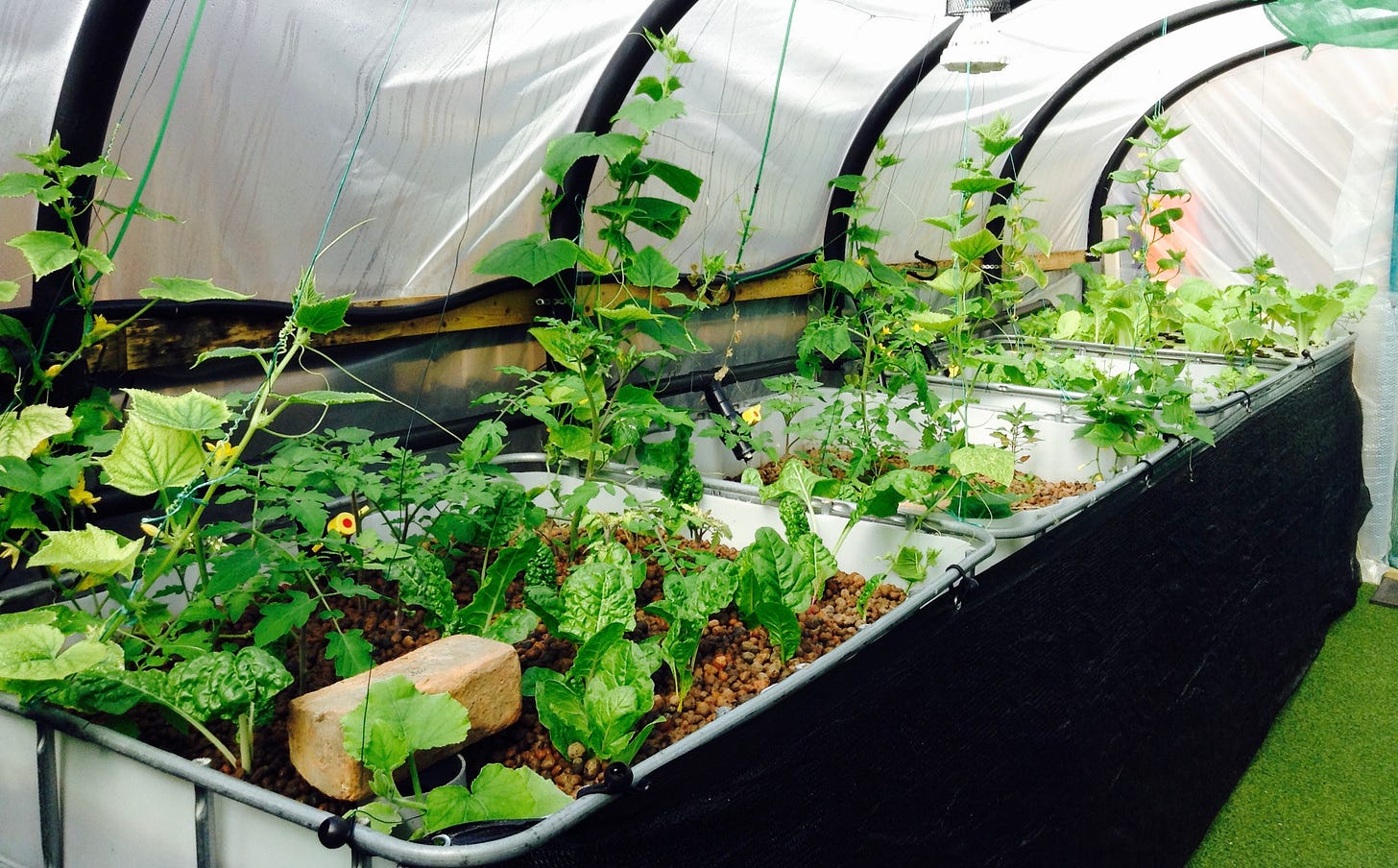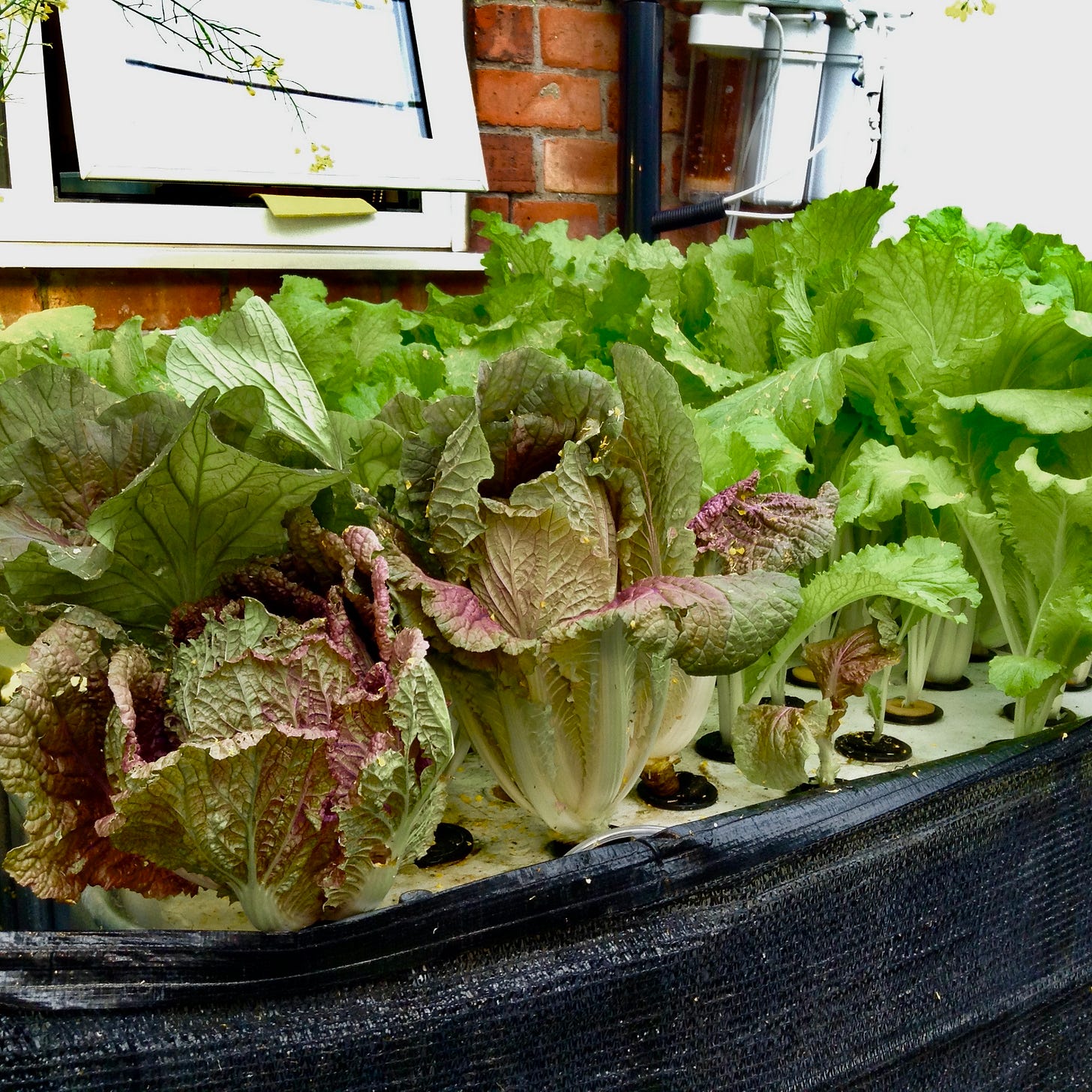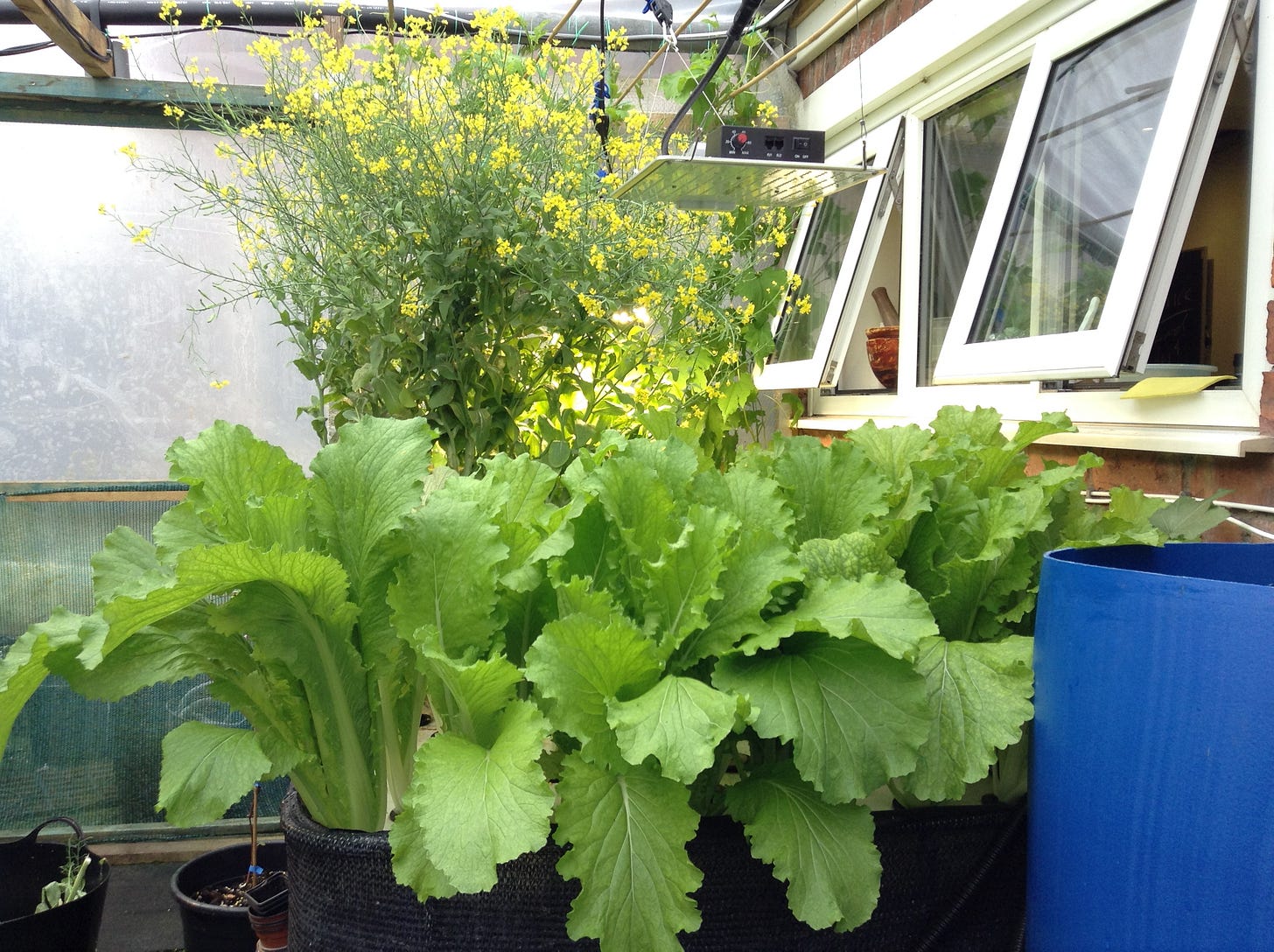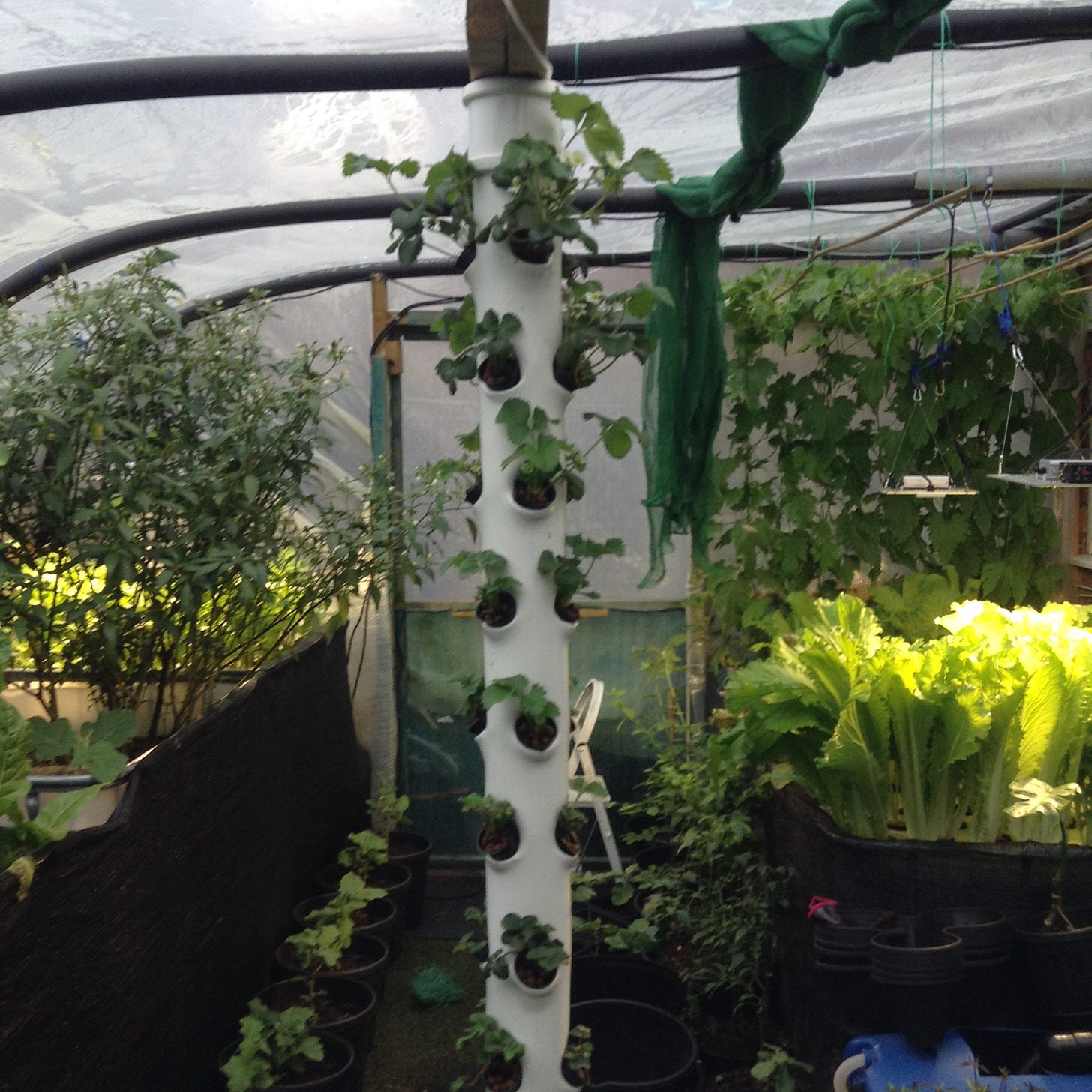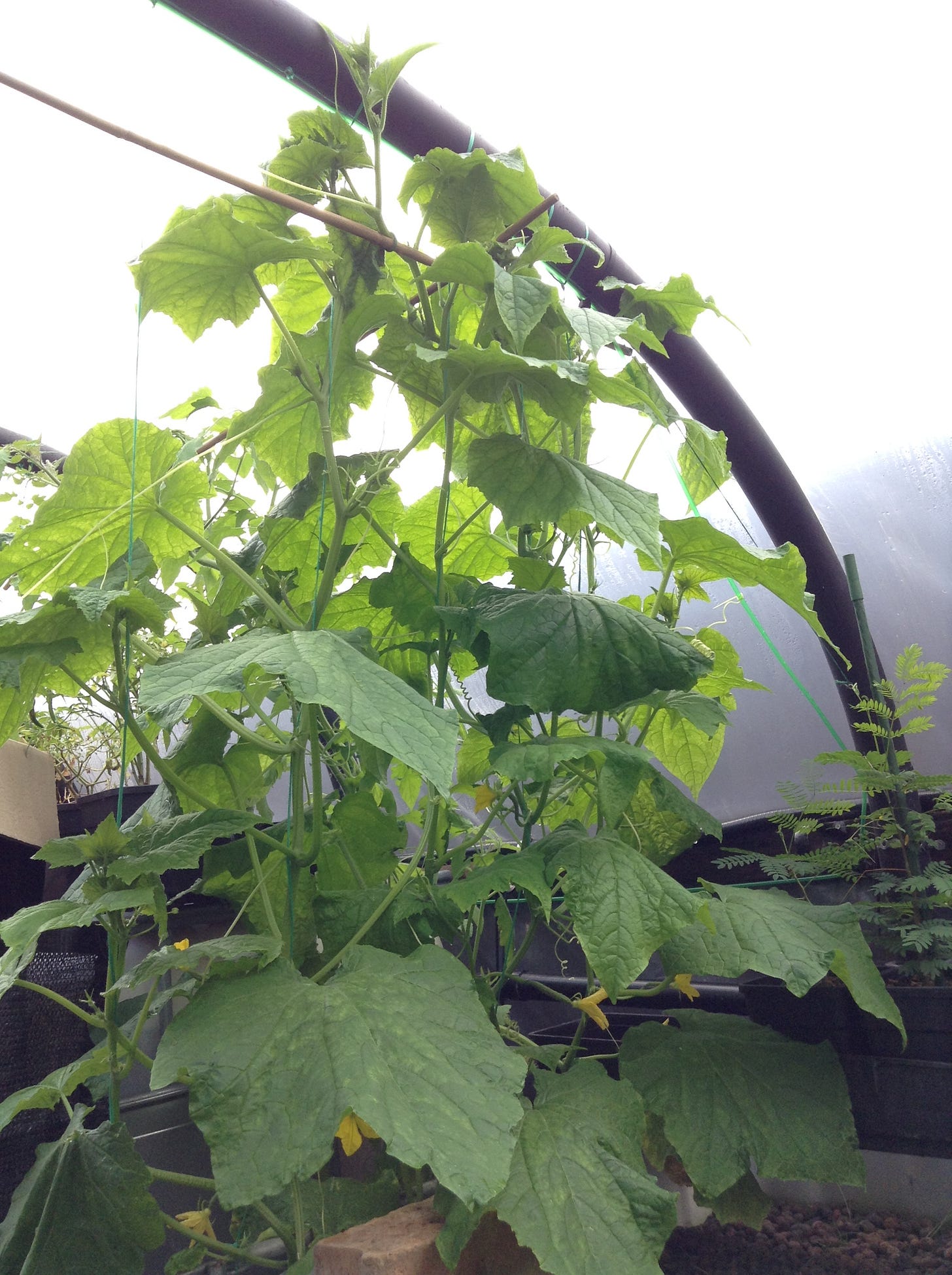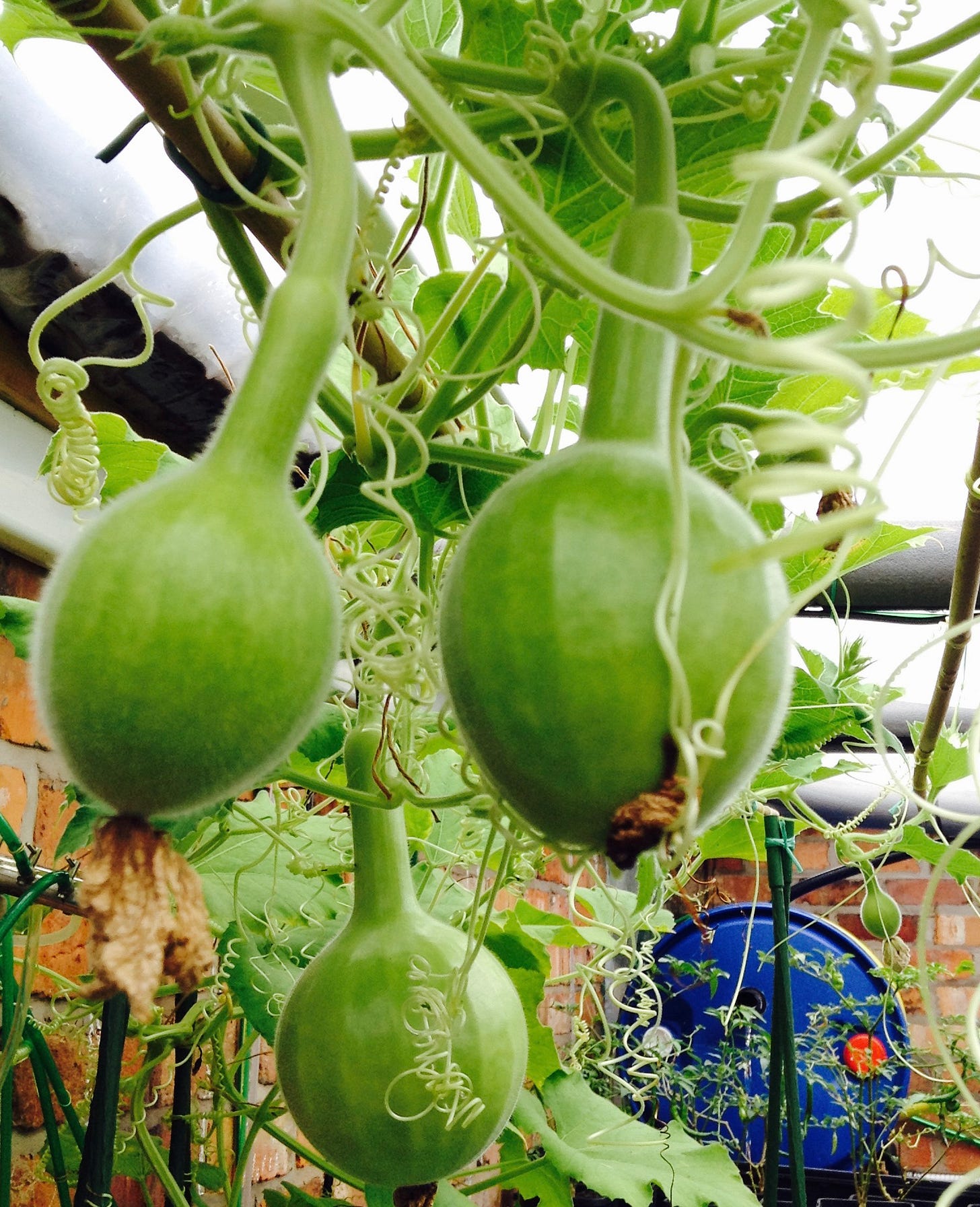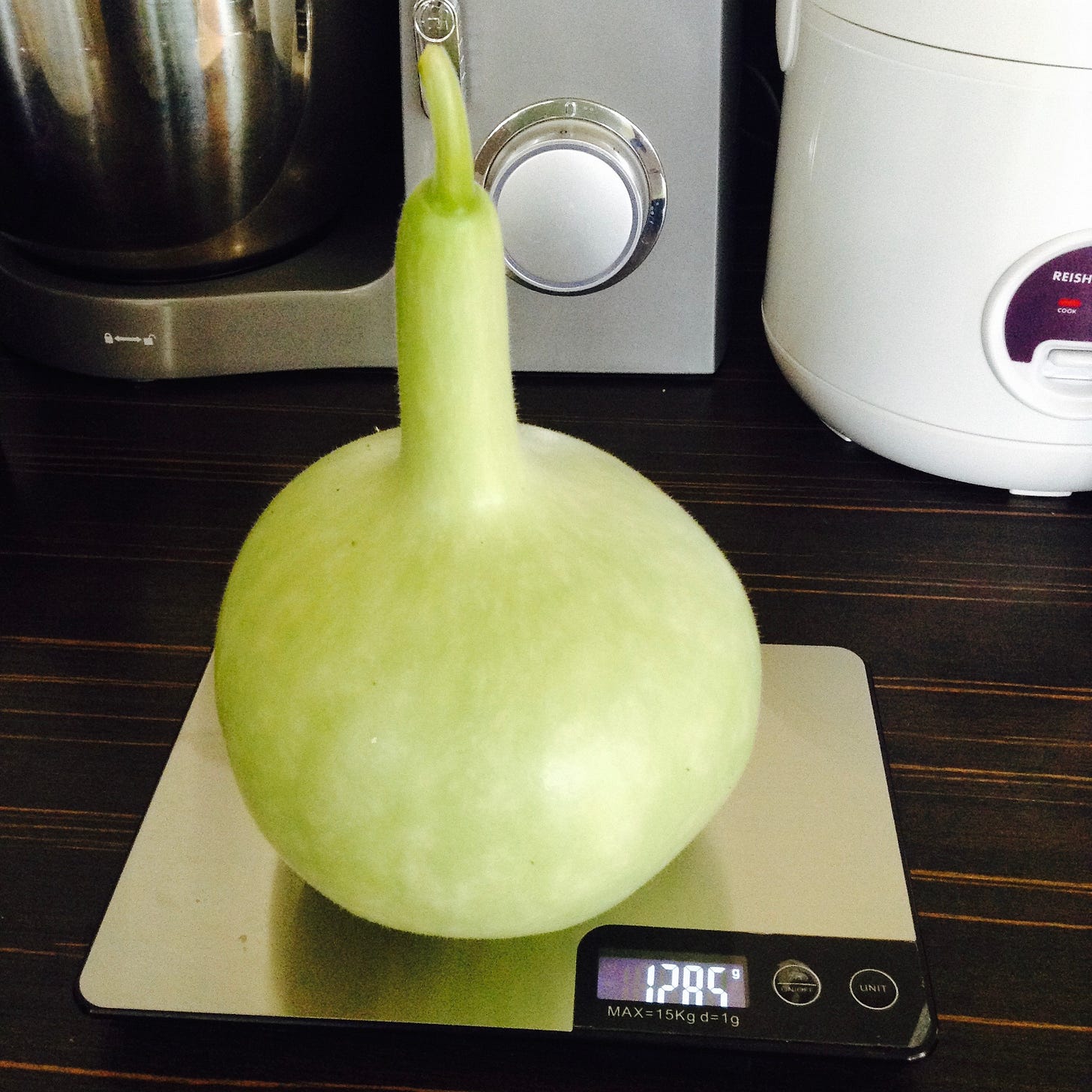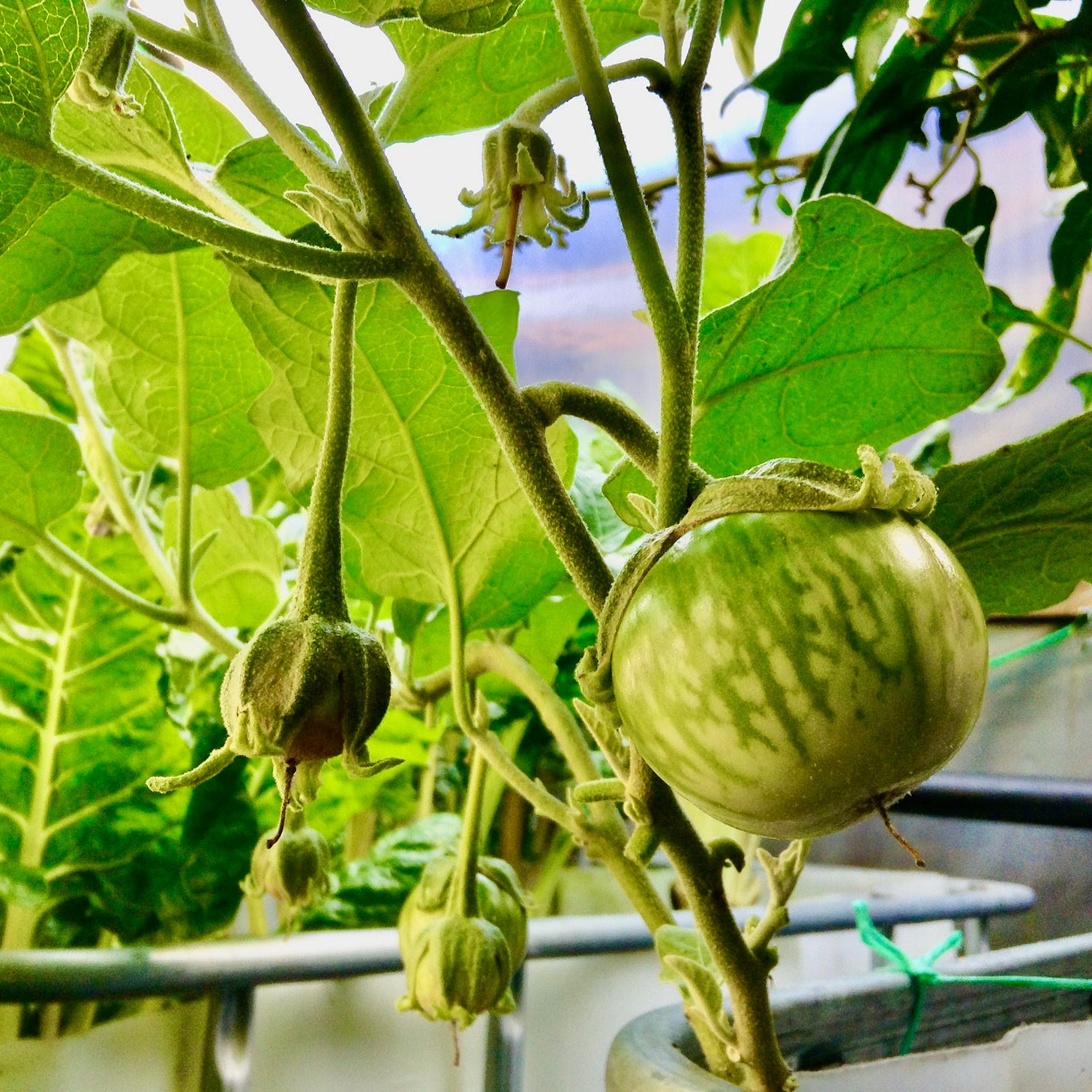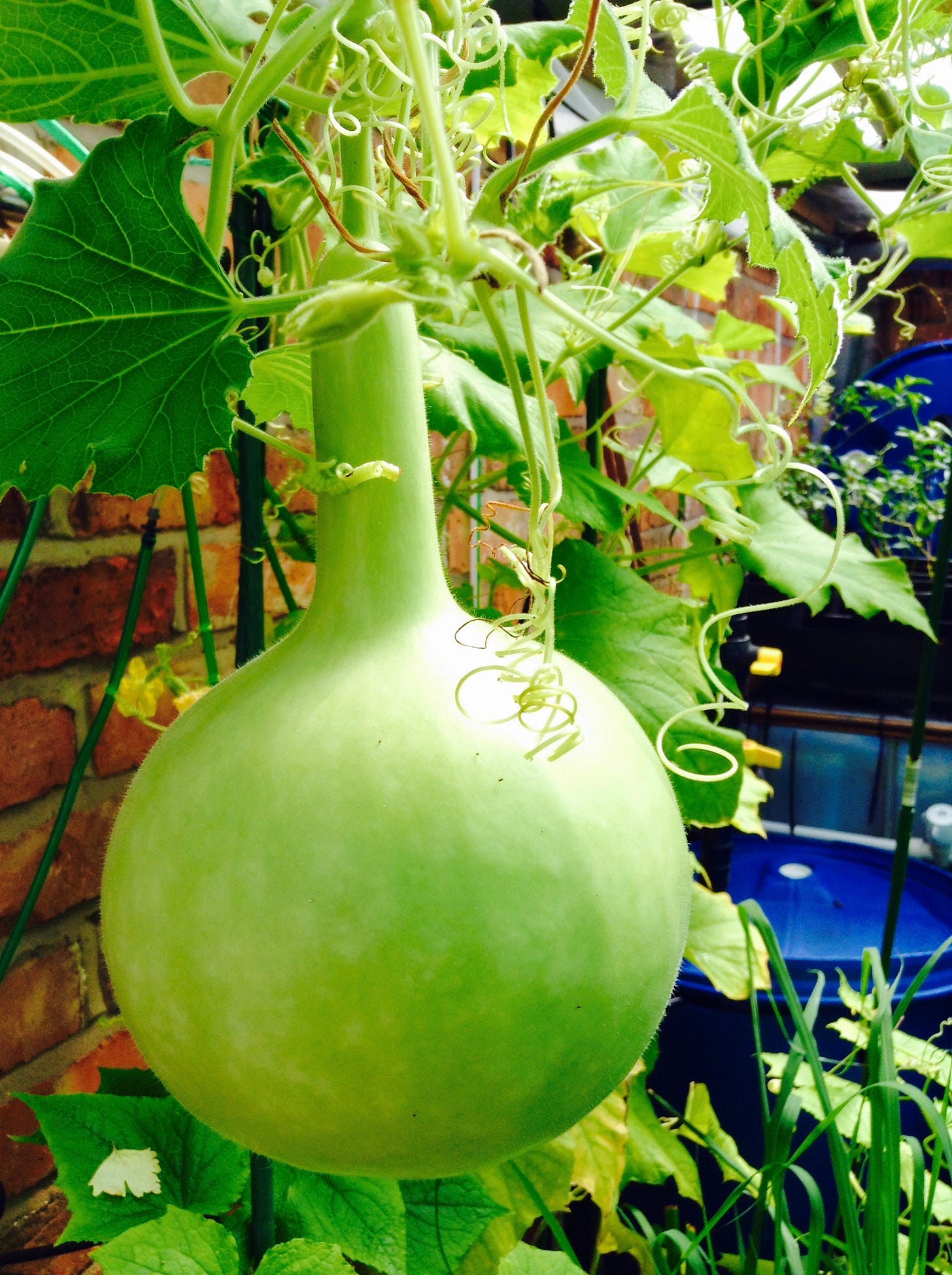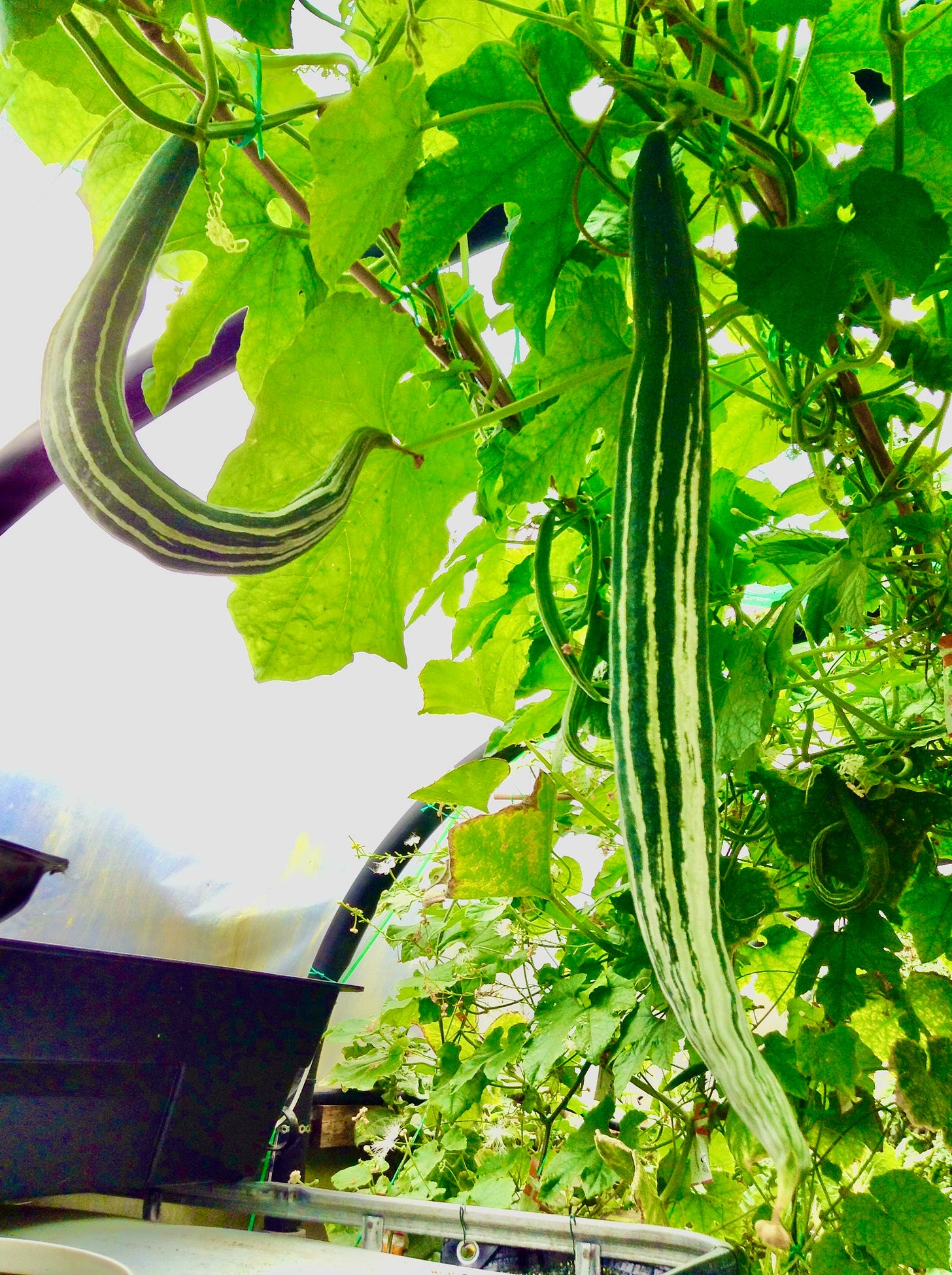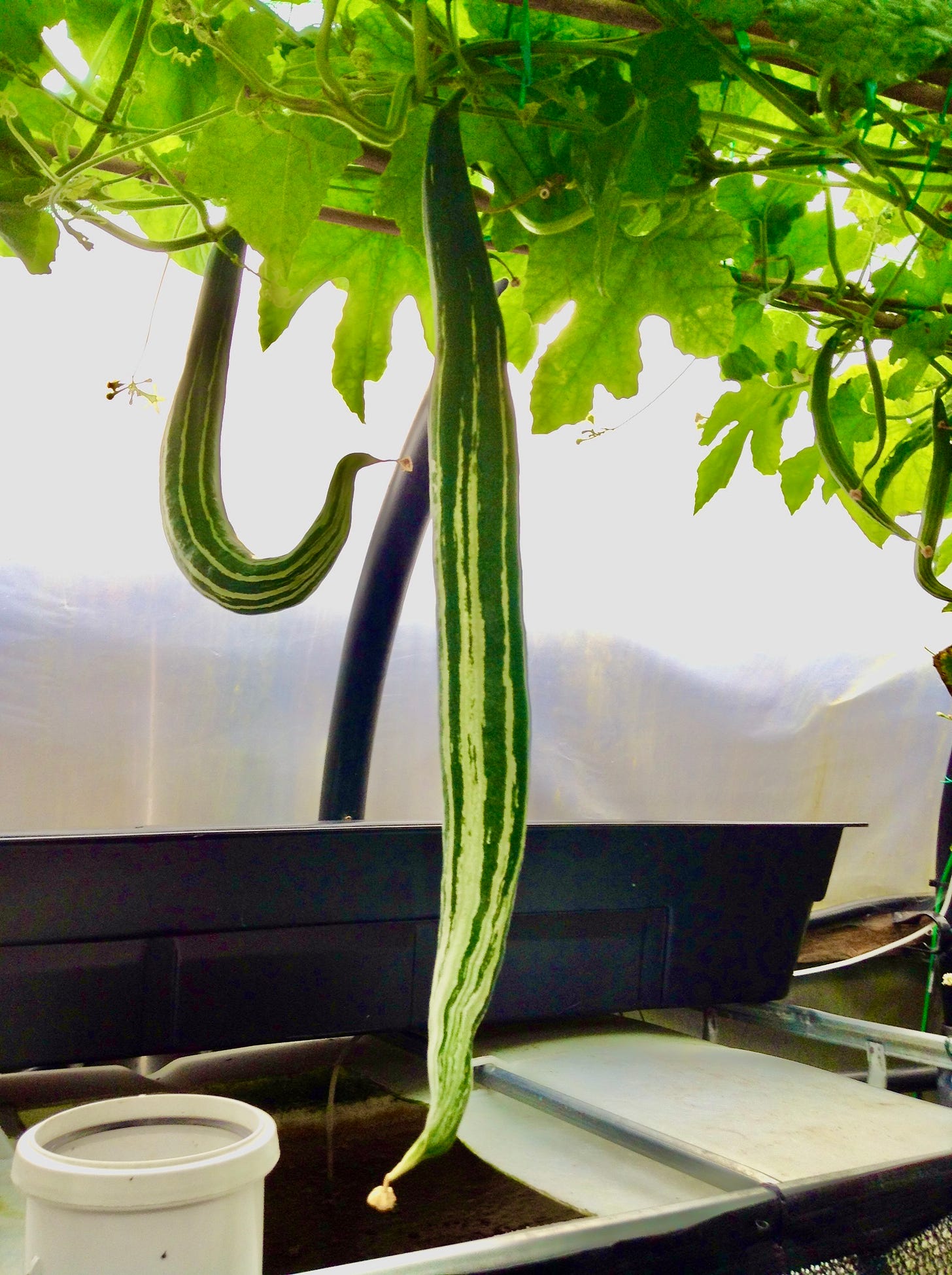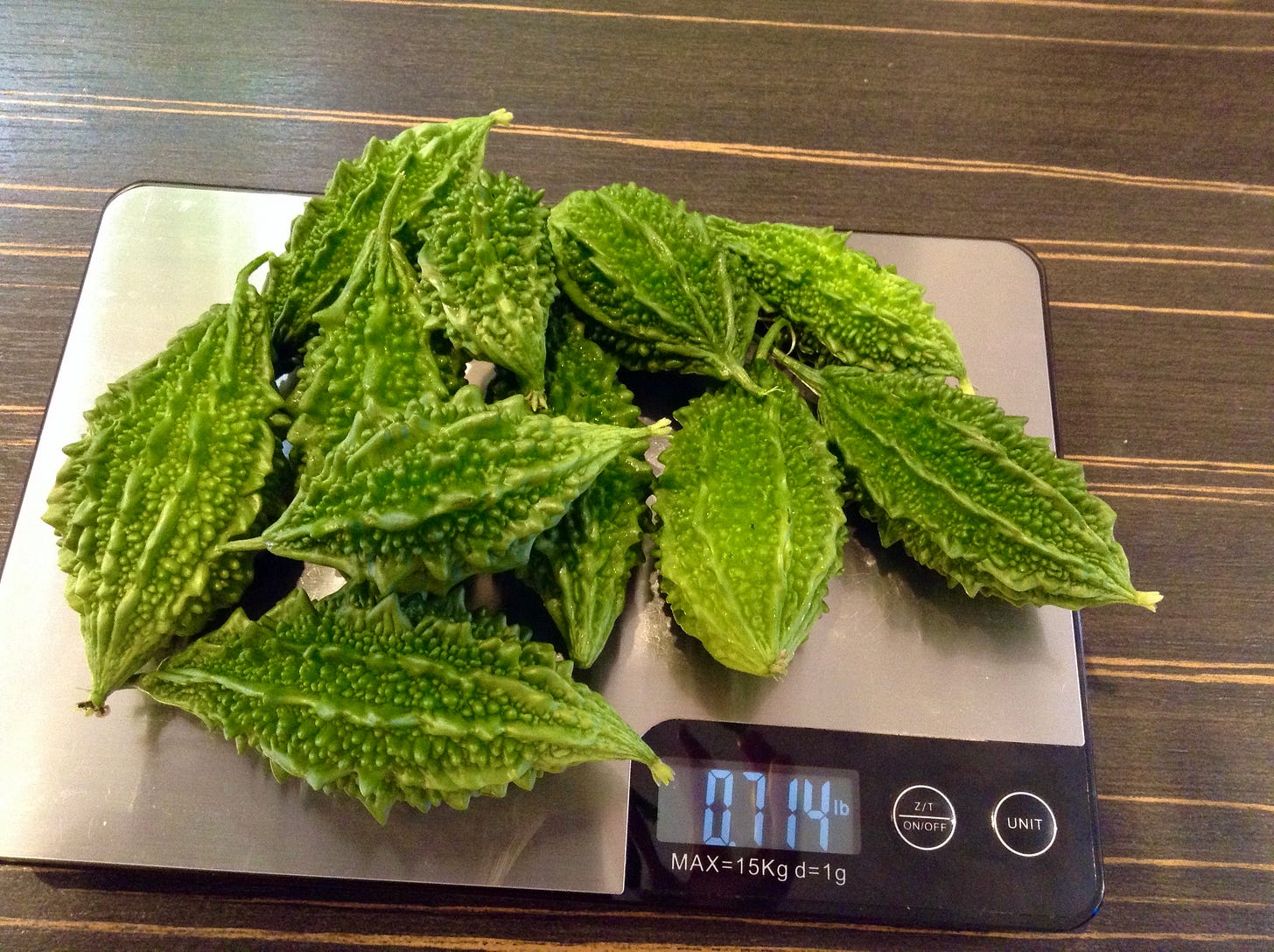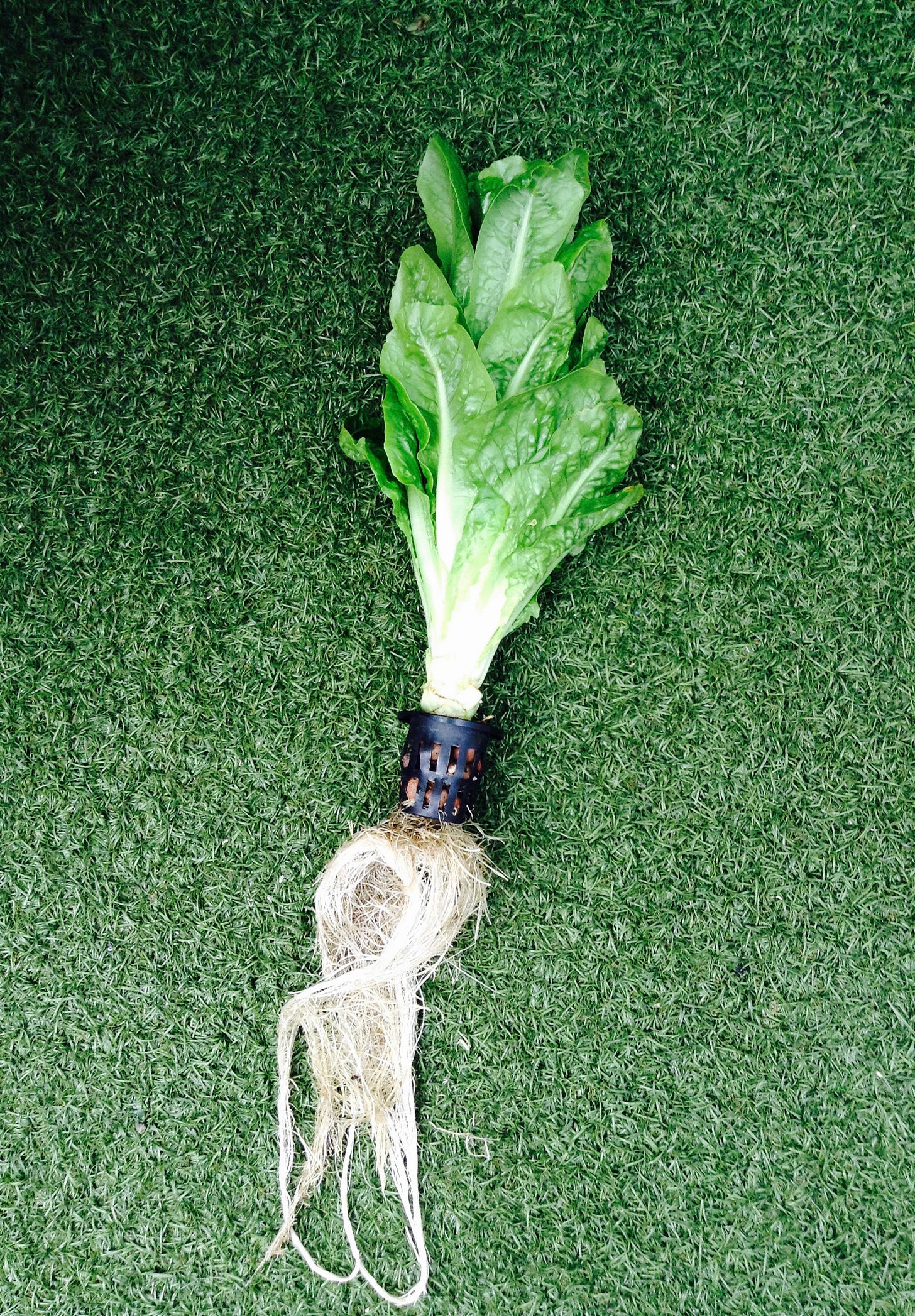Aquaponics and Gut MicroBiome
Aquaponics is a closed-loop system that combines aquaculture (raising fish) and hydroponics (growing plants in water). The water in an aquaponics system contains a diverse community of microorganisms that is similar in many ways to the human gut microbiome.
Both aquaponic systems and the gut microbiome contain a complex, adaptive microbial community. The microbes in each system aid digestion by breaking down nutrients from food and make these nutrients available for absorption. The specific composition of microbes adapts over time in response to changes in environmental factors and inputs like diet. Maintaining stability and diversity in both systems is key for health.
There are also key differences between the two systems. Aquaponics involves raising fish in water, provides a different anatomical environment, and contains unique microbes not found in the human gut. However, examining aquaponic microbial communities still provides insight into principles of symbiotic microbial ecosystems relevant to human health.
Stress can negatively impact microbial balance in aquaponics and the gut. In aquaponics, stressors like improper pH or temperature changes can alter the water's microbial makeup. Similarly, stress can disrupt the gut microbial community, leading to inflammation or disease.
While aquaponics and gut microbes are not identical, examining aquaponic microbial communities provides insight into principles of symbiotic microbial ecosystems relevant to human health. Aquaponics serves as a useful model to understand how microbial communities function and interact with their environments.
Here are some additional similarities between aquaponics and the gut biome:
Both systems are constantly evolving. The composition of the gut biome changes over time, as the body adapts to new foods and environmental factors. The same is true for aquaponics systems. The composition of the microorganisms in the water will change over time, as the system adapts to new conditions.
Both systems are essential for human health. The gut biome plays a vital role in digestion, immunity, and overall health. Aquaponics systems can provide a sustainable source of food that is also beneficial for human health.
Just as aquaponic systems model the delicate microbial balance in the gut, emerging research suggests EMFs may disrupt this balance.
The human gut contains trillions of microorganisms, collectively known as the gut microbiome, that play an integral role in health. The gut microbiome aids digestion, regulates immunity, synthesizes vitamins, and protects against infection. Disruption of the delicate gut microbial balance has been linked to gastrointestinal disorders, autoimmune diseases, obesity, and even neurological conditions.
One potential disruptor of the gut microbiome that has received recent attention is electromagnetic fields (EMFs). EMFs from devices like cell phones, WiFi routers, and Bluetooth speakers have dramatically increased in the modern environment. Some early research suggests EMF exposure may alter gut microbial composition and function.
Proposed mechanisms include EMF-induced changes to gut permeability, allowing bacteria to translocate across the intestinal epithelium. EMFs may also directly influence microbial gene expression or metabolism. One study found 2.4 GHz WiFi exposure significantly decreased Firmicutes and Bacteroidetes, two major phyla of gut bacteria. Another investigation showed 900 MHz cell phone radiation altered microbial growth and neurochemical production.
Additional high-quality studies are still needed to confirm the relationship between EMFs and the gut microbiome. But initial findings raise intriguing possibilities about reducing EMF exposure to support a healthy microbial balance. Maintaining a diverse, stable gut microbiome may provide resiliency against stressors like EMFs that we encounter in daily life. Further research on mitigation strategies like probiotics, prebiotics, and diet to protect the gut from EMFs warrants exploration.Personal
Experiments on EMFs in Aquaponics Systems
https://old.bitchute.com/video/DUQkW34SNIdw/
In an informal personal experiment, I investigated the potential impacts of EMF exposures on plants grown in small-scale aquaponics systems. The setup involved plastic buckets supplying water to a line of pebble beds supporting strawberry and chard seedlings in a polytunnel environment.
To test effects of EMFs, I placed an air pump and electrical box emitting strong electromagnetic fields at one end of the system. These devices introduced both ELF (extremely low frequency) fields and RF (radiofrequency) noise into the immediate environment.
In the strawberry beds, I observed an apparent trend of smaller buds and less fruit setting on plants closer to the EMF sources. Strawberry plants further from the EMF sources appeared to yield progressively more abundant fruit. One cauliflower plant positioned near the EMF devices developed surface mold, while others further away remained mold-free.
Similar stunted growth and signs of stress were seen in chard seedlings nearer the EMF sources in a replicate NFT (nutrient film technique) system.
However, this amateur observation was not conducted with scientific rigor or controls. Limitations include small sample size, a lack of quantified EMF measurements, and many uncontrolled variables.
While not definitive evidence, these informal experiments suggest a potential association between EMF exposures and reduced plant growth and/or increased susceptibility to mold in aquaponic systems. However, controlled replicated studies accounting for confounds would be needed to demonstrate any causal links. As personal projects, these results should be interpreted cautiously in light of their limitations. Nonetheless, they motivated further reading on scientific research in this area.




